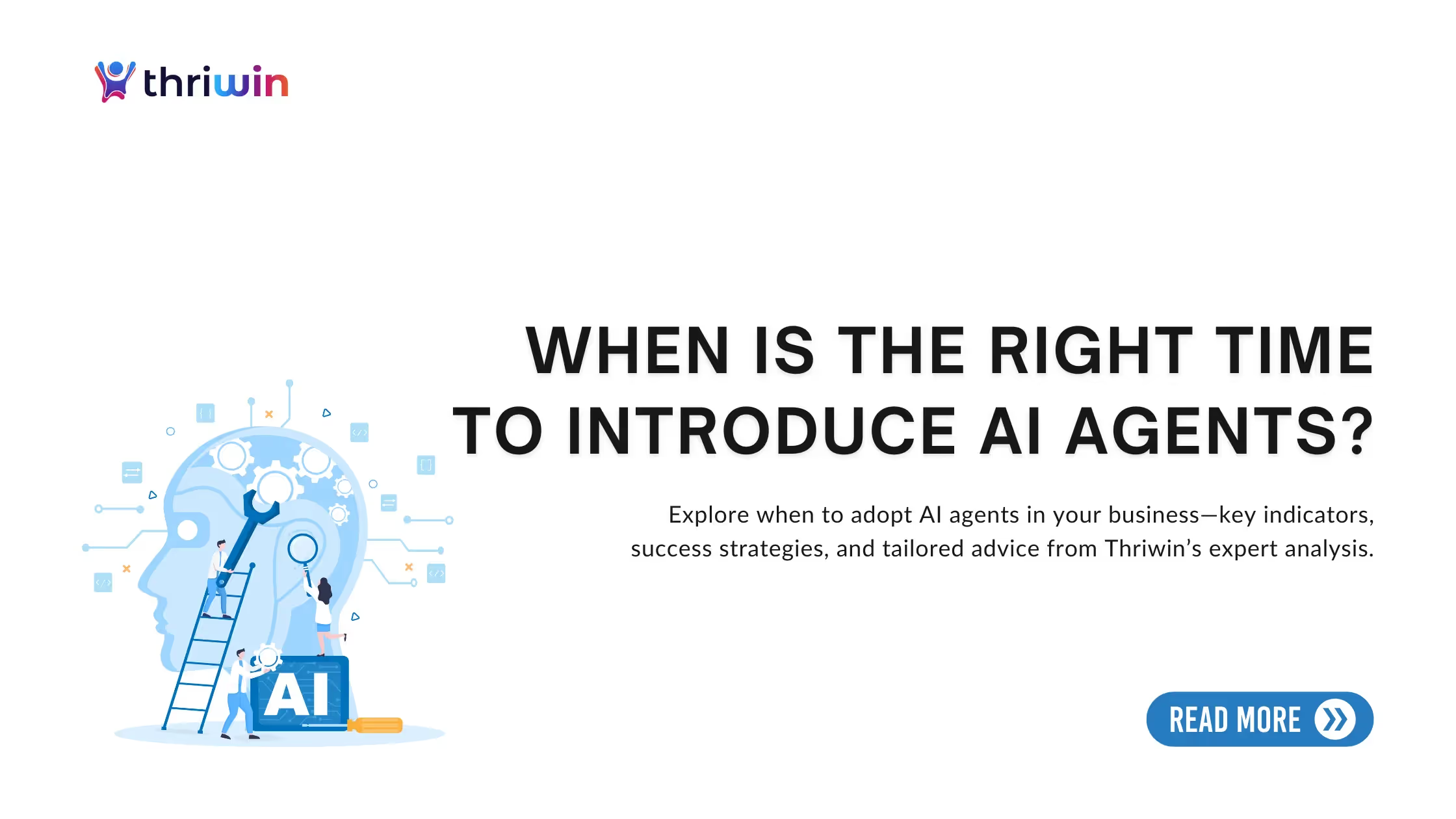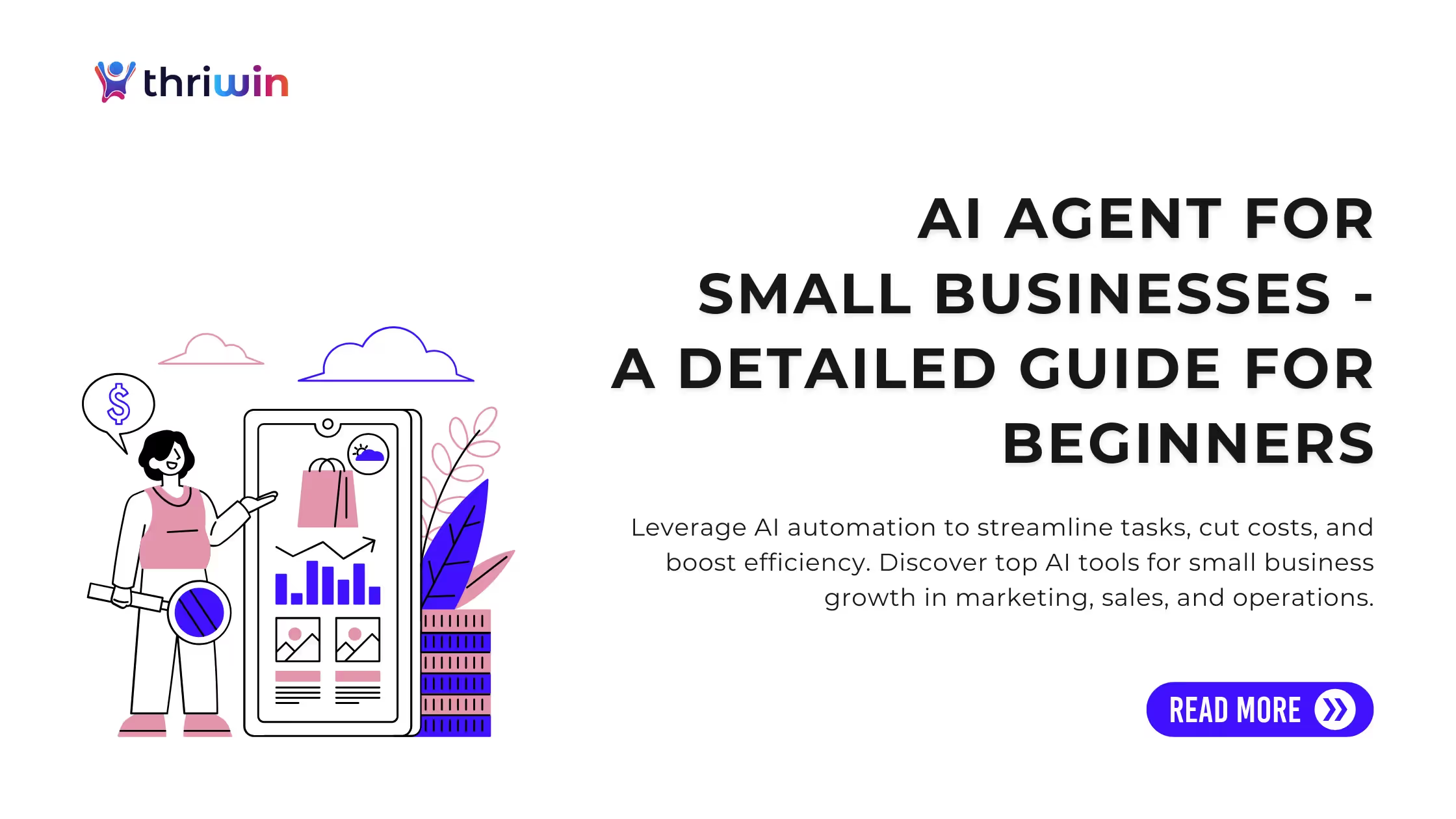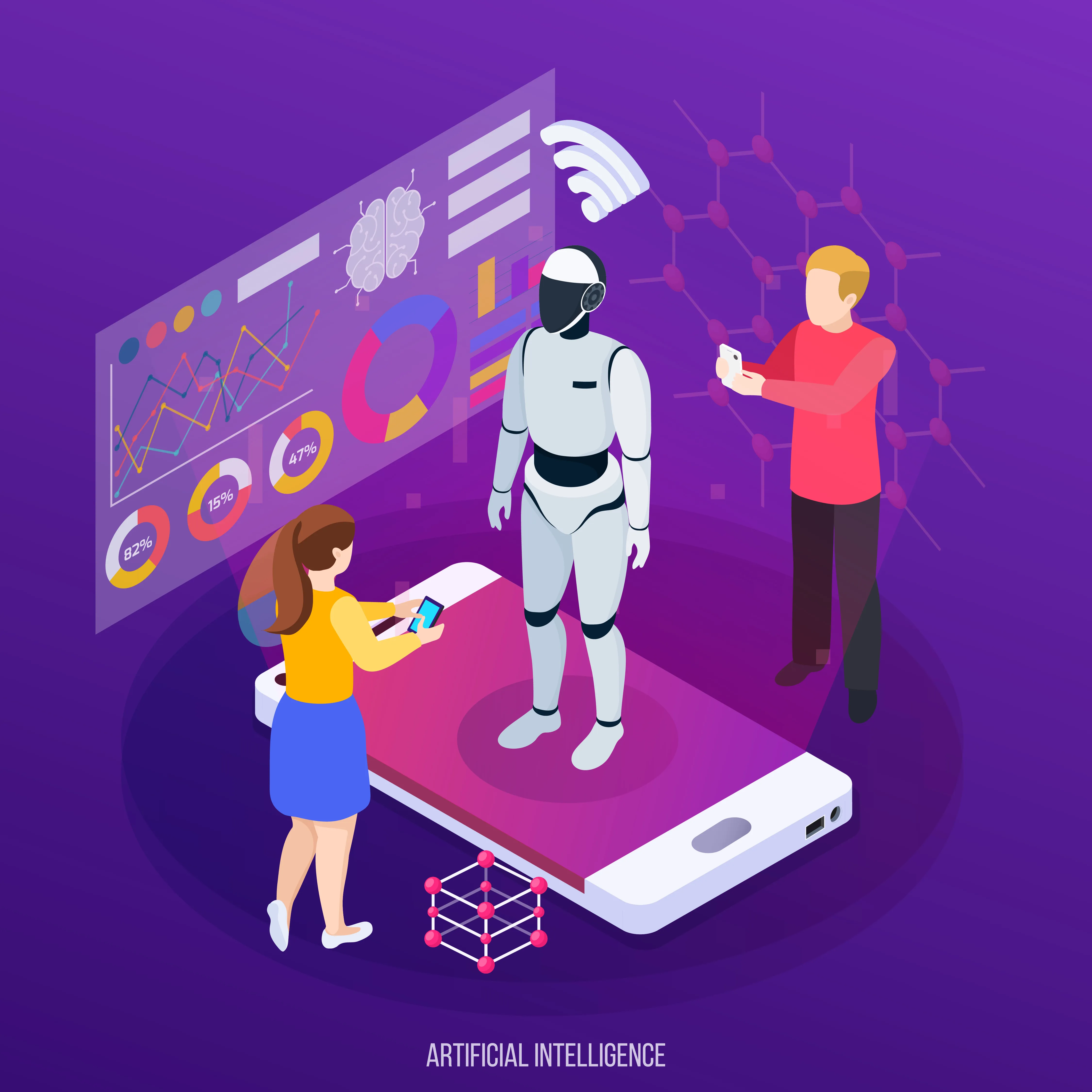AI agents—autonomous systems that observe, plan, and act—are rapidly reshaping industries. However, rushing into implementation without a clear strategy can result in wasted resources. This article guides you through identifying optimal timing, validating readiness, and planning for successful rollout.
Understanding AI Agents: What They Do
Before diving into timing, it’s essential to understand what AI agents are and how they differ from standard AI tools. AI agents are intelligent collaborators, collecting data, generating plans, and executing actions with minimal human intervention. They leverage memory, LLMs, and robust system integration.
Enterprises see AI agents as a new frontier for operational efficiency. They’re not just answering questions—they’re transforming workflows and enabling businesses to offload repetitive work and refocus teams on higher-value tasks.
Indicators: It’s Time to Adopt AI Agents
Not every organization is primed for an AI agent, and that’s perfectly fine. But knowing when you are ready can unlock significant advantages in efficiency, customer experience, and competitive positioning. If these five signals resonate, you're likely AI-agent ready:
- You Face Repetitive, Multi-Step Tasks
Organizations often lose valuable time on workflows that span multiple teams or systems, such as customer onboarding, marketing campaigns, or IT ticket resolution. AI agents excel in this area by autonomously handling sequences of actions: they observe triggers, plan steps, and execute solutions. For example, an AI agent could detect a new sales lead, enter it into the CRM, send follow-up emails, assign tasks, and alert your human team—freeing people to prioritize strategic work.
- Your Team Is Experimenting, But Lacks Scale
Testing AI in isolated pilots is a common starting point, but only a few companies achieve full-scale adoption. A PwC survey found that 79% of companies have deployed AI agents, but only 35% have scaled them broadly, and just 17% say agents are fully integrated across nearly all workflows. If your team is already experimenting, it’s a strong sign to formalize AI strategy, define KPIs, and expand cross-functionally.
- You’re Under Competitive Pressure
AI agents are no longer a novelty—they’re becoming essential differentiators. McKinsey reports that over 90% of transformative AI use cases remain stuck in pilot mode, highlighting a “gen AI paradox” where widespread adoption hasn’t translated into scalable impact. Falling behind could risk lost productivity, slower innovation, or decreased customer satisfaction. Stepping in early helps you shape workflows rather than play catch-up.
- You Have Data and Integration Maturity
AI agents can only perform reliably if they have access to high-quality data and system APIs. Fragmented channels, such as separate CRMs, support tools, or databases. Limit their capabilities. Enterprises that have already unified their tech stack, built clean data lakes, or created API bridges are well-positioned to deploy agents effectively. Without this, agents may produce inconsistent or unreliable results.
- Your Workforce Is Ready
Introducing AI agents isn’t just a tech shift—it’s a cultural change. Resistance, distrust, and fear of job loss can derail adoption. The WSJ notes that while 61% of firms are experimenting, many hesitate to scale due to concerns over reliability and cybersecurity. Success often comes down to involving employees early, such as co-designing pilots, providing transparency, and highlighting the time saved and tasks augmented, rather than outsourced.
Choosing Your First AI Agent: A Tactical Approach
Selecting your initial AI agent is less about cutting-edge technology and more about aligning it strategically with your goals. Make decisions based on ROI potential, risk profile, team readiness, and long-term scalability. Here are four targeted tactics to guide your approach:
1. Start with High ROI Use Cases
Welcome quick wins by targeting tasks that deliver measurable benefits early on. Customer service bots, HR onboarding flows, and data analysis agents often yield immediate results, cutting manual effort and operational costs. For example, PwC reports that AI agents contribute to increased productivity (66%) and cost savings (57%) across early deployments—proof that internal use cases can rapidly generate impact.
2. Balance Human and Agent Involvement
Full automation isn’t always optimal. The most effective agents work in tandem with humans, especially in high-stakes tasks. PwC emphasizes a “human-at-the-helm” approach, ensuring oversight in sensitive operations and governance frameworks to maintain trust and compliance.
3. Build Feedback Loops
Design systems where humans review agent outputs, flag issues, and provide corrections. This iterative, closed-loop learning process ensures agents continuously learn, adapting to edge cases and new data. C3 AI defines feedback loops as mechanisms where “AI systems know what they did right or wrong… enabling them to adjust parameters” over time.
4. Plan for Multi-Agent Workflows
Once a single agent proves its value, orchestrate multiple agents across workflows. PwC highlights best-in-class practices, such as onboarding agents handing off support tasks, and analytics agents then reporting outcomes, coordinated through what PwC dubs an Agent OS, the architecture of future operation.s
Common Challenges—and How to Overcome Them
Deploying AI agents is promising—but it’s not without hurdles. Awareness and strategic handling of key challenges ensures smoother rollouts, higher adoption, and sustained impact. Below are four critical barriers and proven strategies to address them.
- Overhyping vs. Practicality
Excessive hype can create unrealistic expectations. Leadership may set ambitious goals based on vendor pitches that have little relevance to your workflows.
✅ Solution: Prioritize realistic problem-solving over flashy features. Start with narrow, well-defined tasks—like email classification or data entry—where AI agents can demonstrate tangible results. This “crawl, walk, run” approach helps you evaluate impact without a significant upfront investment and avoids vendor overpromises.
- Trust and Reliability
Pilot projects often stall due to errors or failures in real-world settings. A recent WSJ report found that many organizations hesitate to scale up for this reason.
✅ Solution: Begin with gray-area tasks where failure isn't catastrophic. Implement layered safeguards—like human review before execution, rollback mechanisms, and audit trails. Continuous monitoring and confidence-building through iterative reviews will strengthen trust.
- Governance and Oversight
Without structured governance, autonomous agents can drift, misalign, or introduce bias. Independent agents acting outside known policies can expose organizations to compliance or reputational risks.
✅ Solution: Establish AI governance frameworks upfront. Define which tasks are automated and which require human review and approval. Mediate access to sensitive data and introduce oversight roles, such as a “governance updates owner.” Use a “human-in-the-loop” approach and automated performance logging. Medium’s Taming the Risks offers a helpful framework.
- Workforce Adaptation
AI adoption often falters if employees are not on board. Change isn’t just technological—it’s cultural. According to IBM, AI-focused change programs need trust and ongoing communication to succeed.
✅ Solution: Invest in training and leadership sponsorship. Create pilots with team input, solicit feedback, and recognize wins that benefit from AI. Deloitte advocates balancing agility in tech with workforce stability—this “stagility” builds trust and empowers adaptation
Your AI Agent Rollout Roadmap
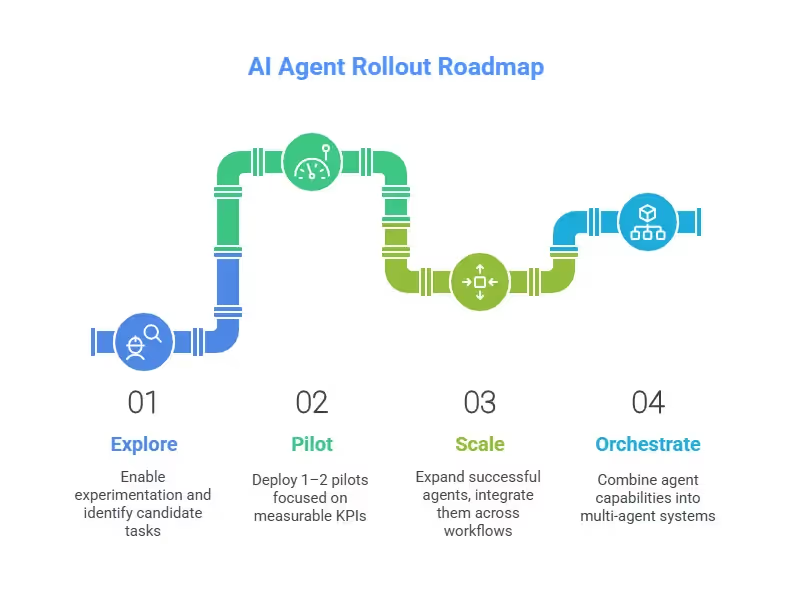
Measuring Success: KPIs to Track
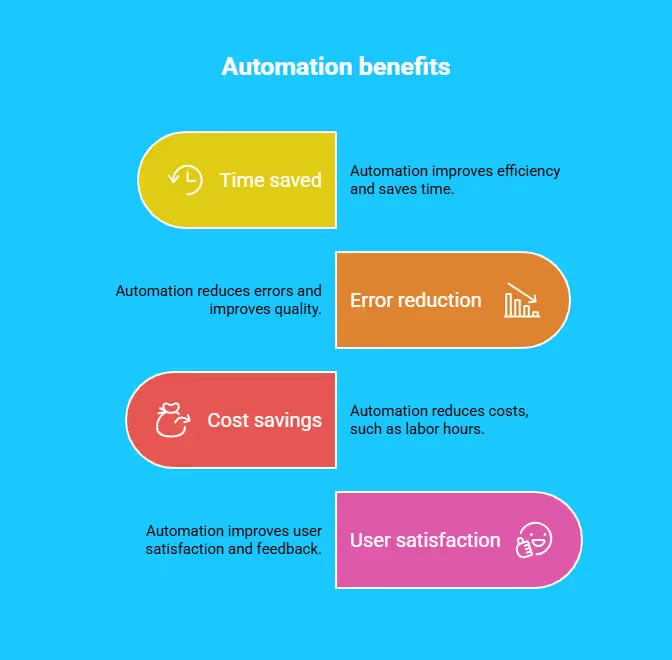
Why Thriwin Is Your Ideal Partner
If you’re ready to go beyond experiments and bring AI agents into real business operations, Thriwin is the partner built for the job.
✅ Custom AI agents tailored to your workflows
✅ Instant integration with your CRM, ticketing tools, and landing pages
✅ Actionable KPIs to track calls, follow-ups, and conversion lift
✅ Workforce-friendly adoption with zero-code setup and built-in governance
Unlike one-size-fits-all platforms, Thriwin is designed for startups and SMBs that want to scale smarter, not harder.
Thriwin’s pay-per-use model ensures you only pay for what you activate—voice agents, email flows, or lead capture forms. No bloat. No monthly lock-ins.
Book a free walkthrough at www.thriwin.io
Start small. Scale fast. Stay in control.
FAQs
1. When should a business first explore AI agents?
Once you have clear, repeatable workflows and stable data systems, it’s time to pilot AI agents—typically during early internal experiments with measurable outcomes.
2. How long before an AI agent delivers results?
Pilot programs can show value within 3–6 months, mainly when focused on high-volume tasks where agents reduce manual effort.
3. Which areas benefit most from early adoption?
Customer support, marketing content creation, IT ticketing, HR onboarding, and data analysis are top candidates with fast ROI.
4. How do you ensure AI agents stay reliable over time?
Implement human-in-the-loop reviews, performance monitoring, and scheduled retraining based on errors or drift.
5. Is full automation ever realistic?
Rarely. AI agents excel in structured, repetitive tasks. For complex or high-stakes processes, human oversight remains essential.
%201.svg)


